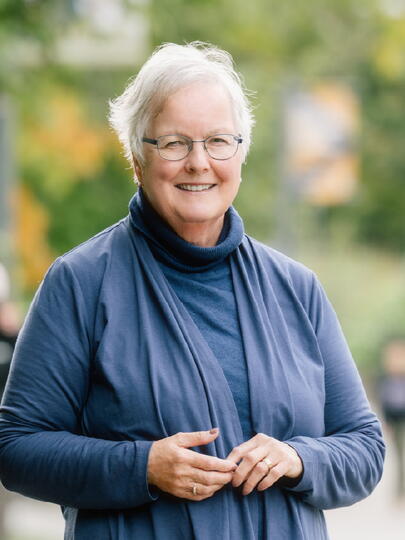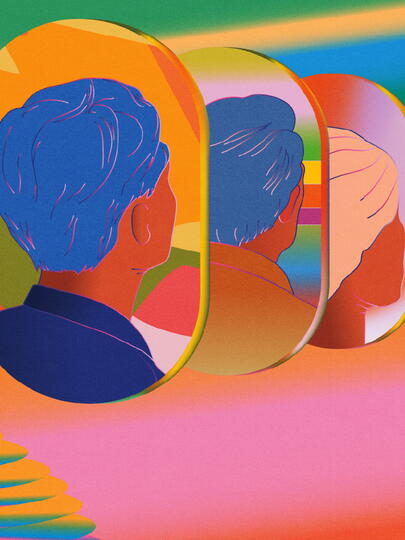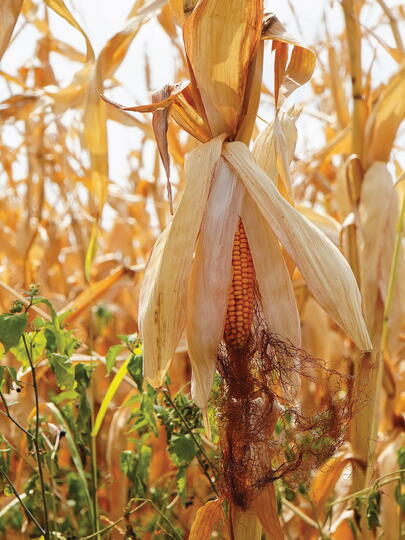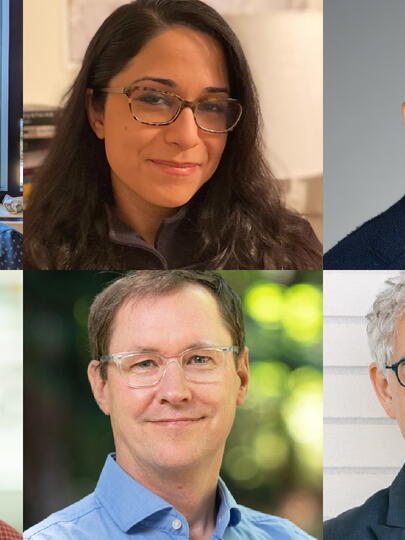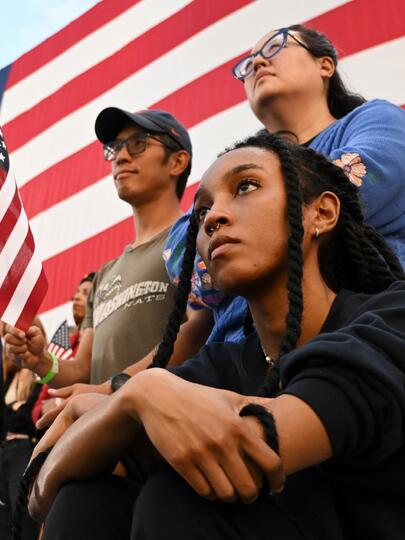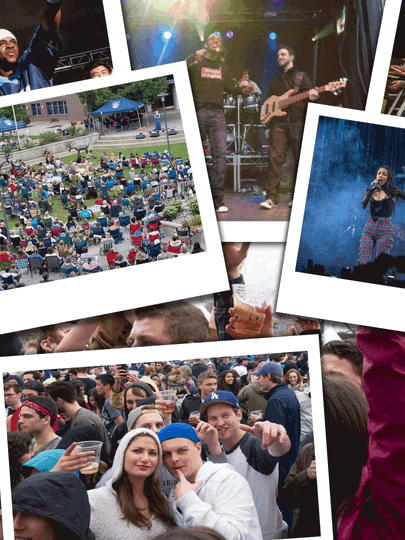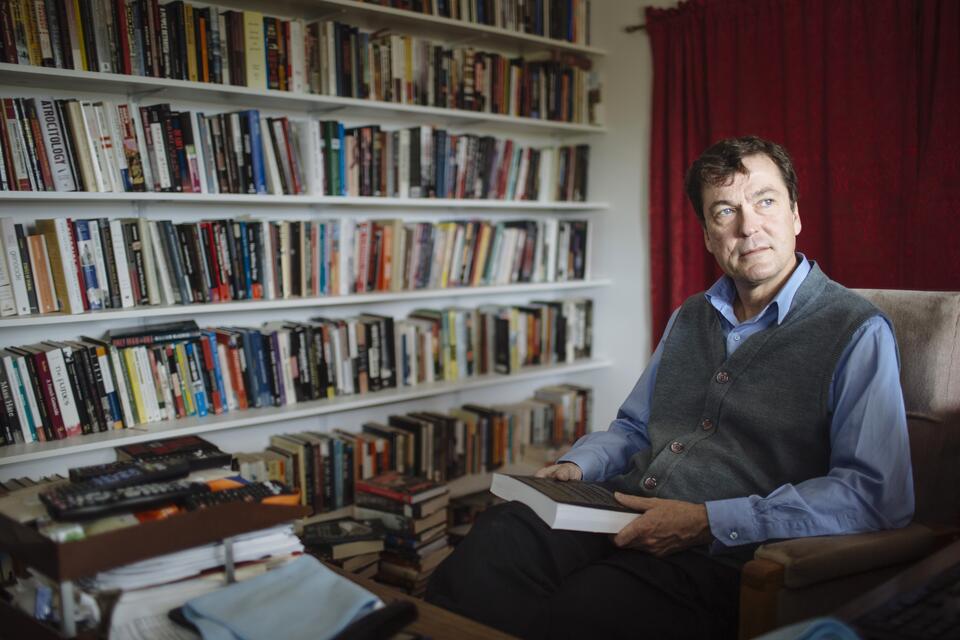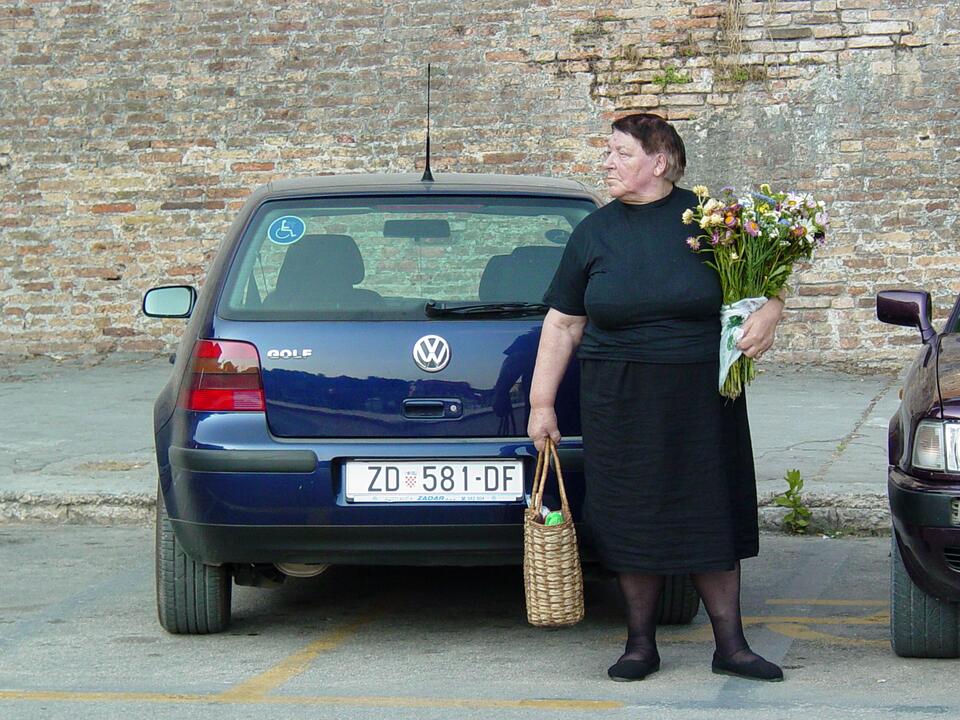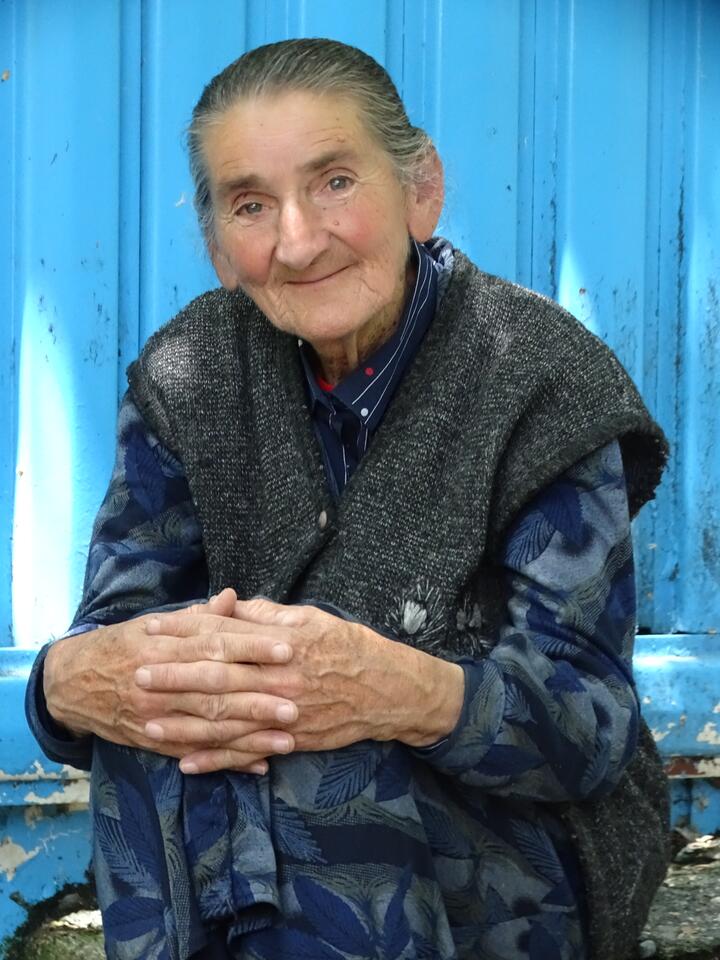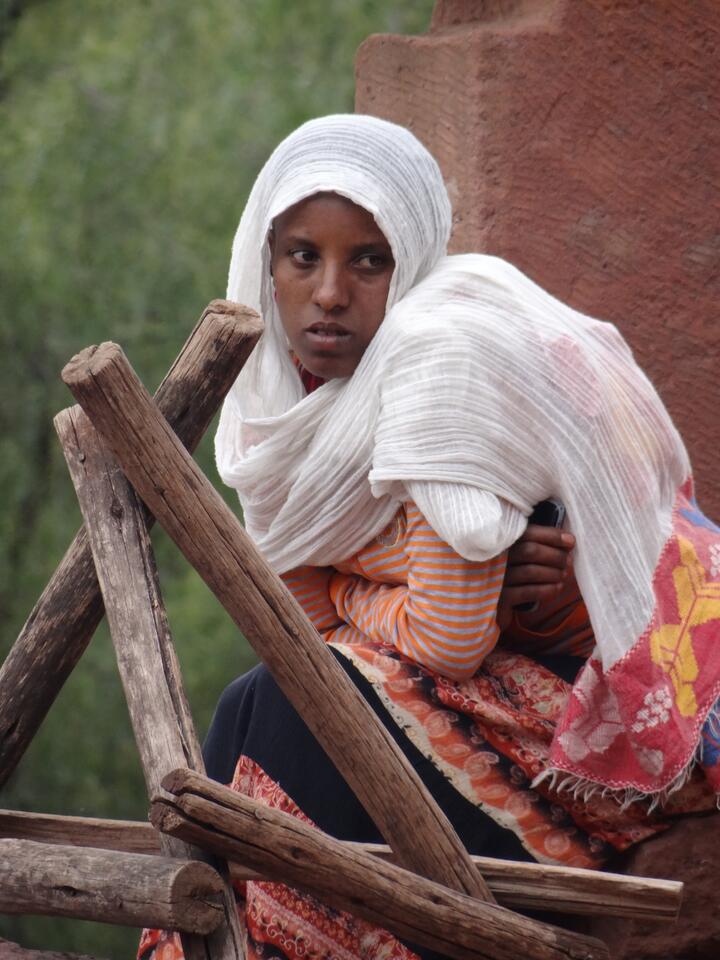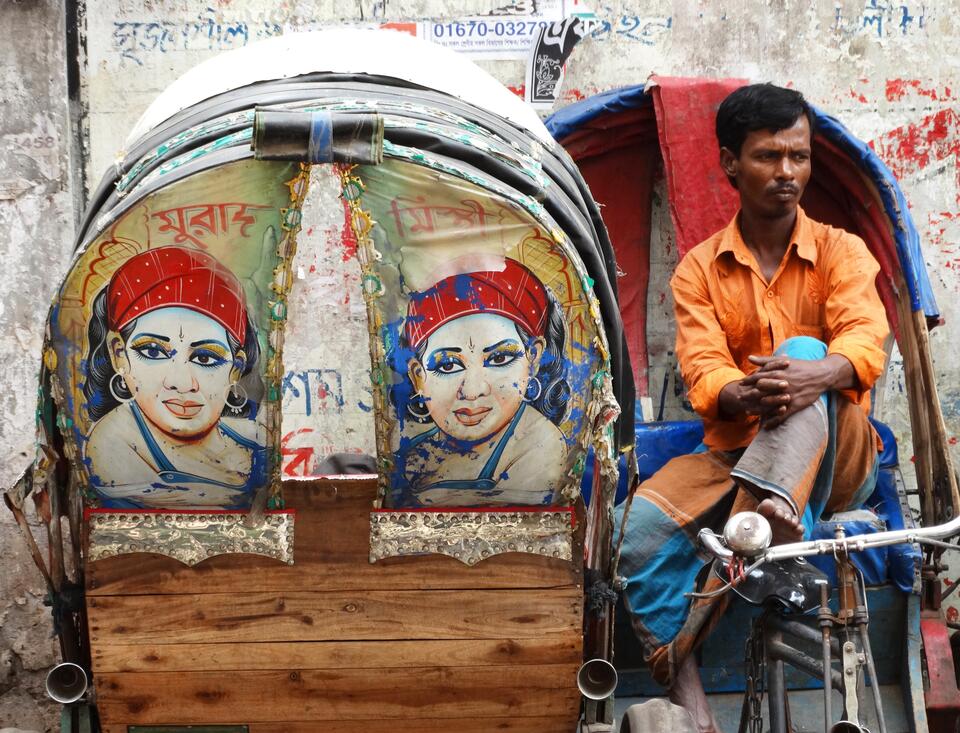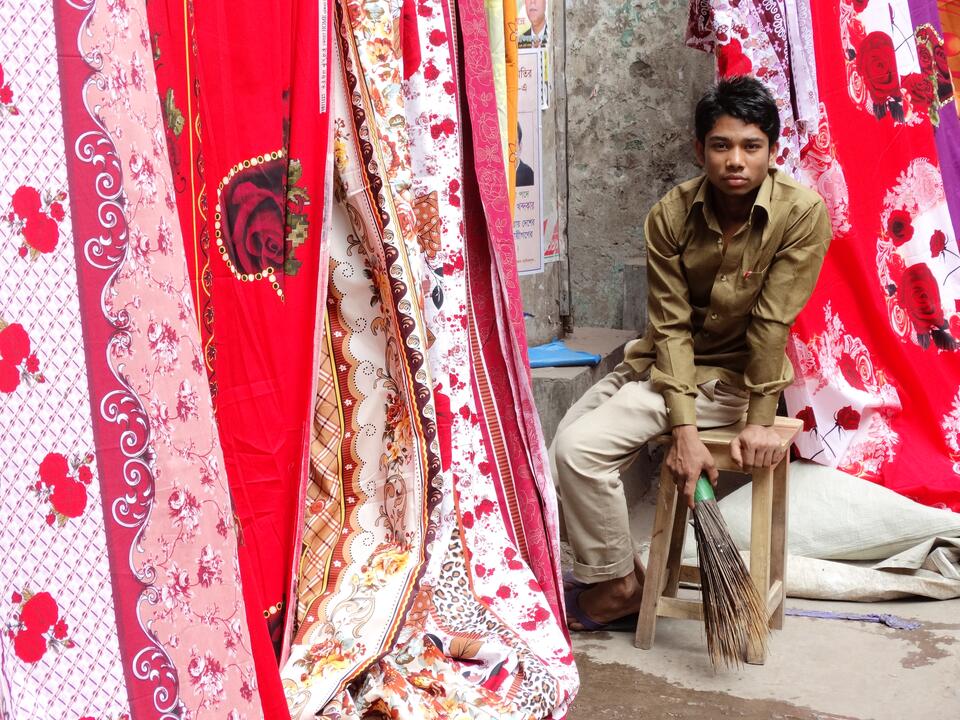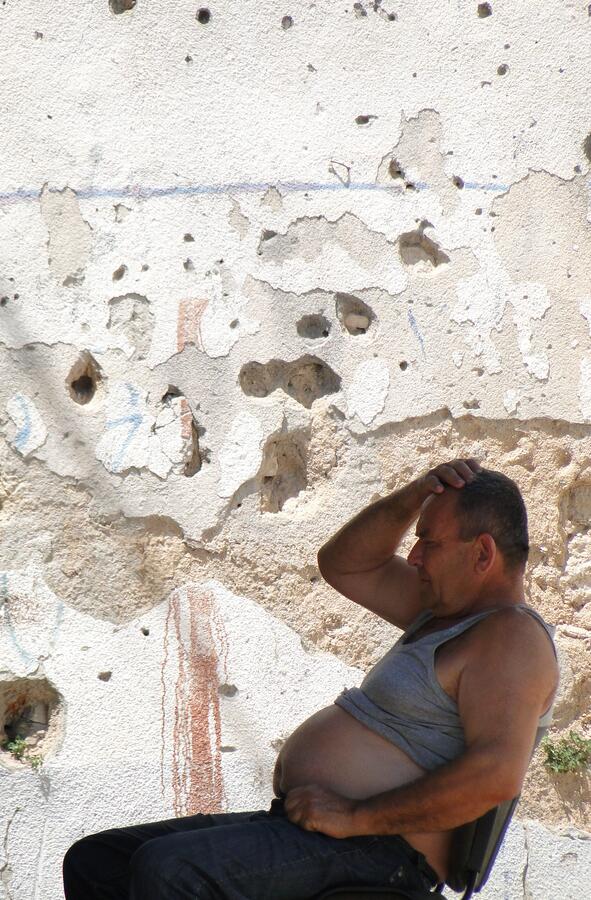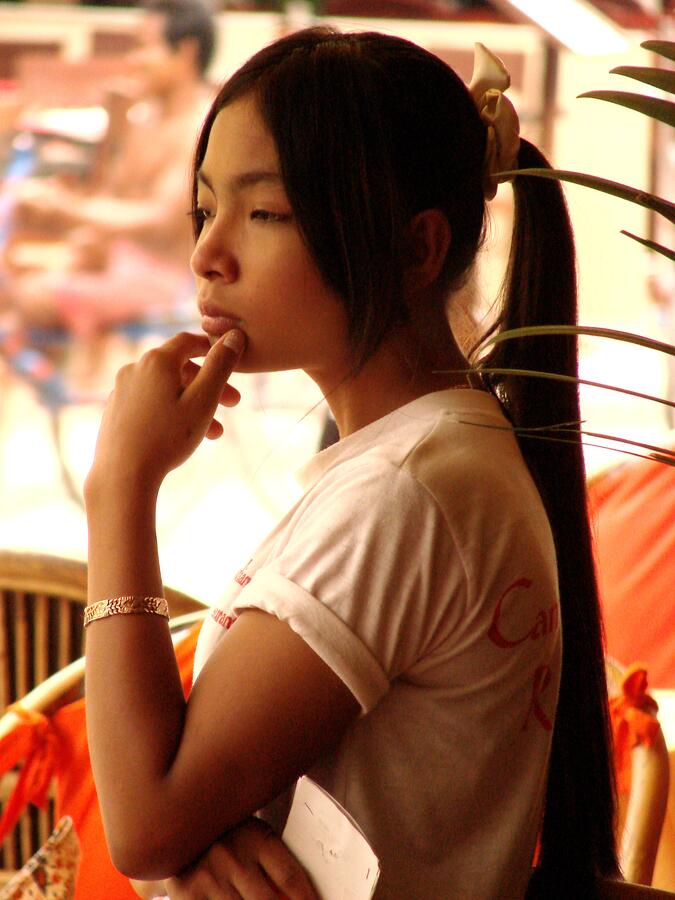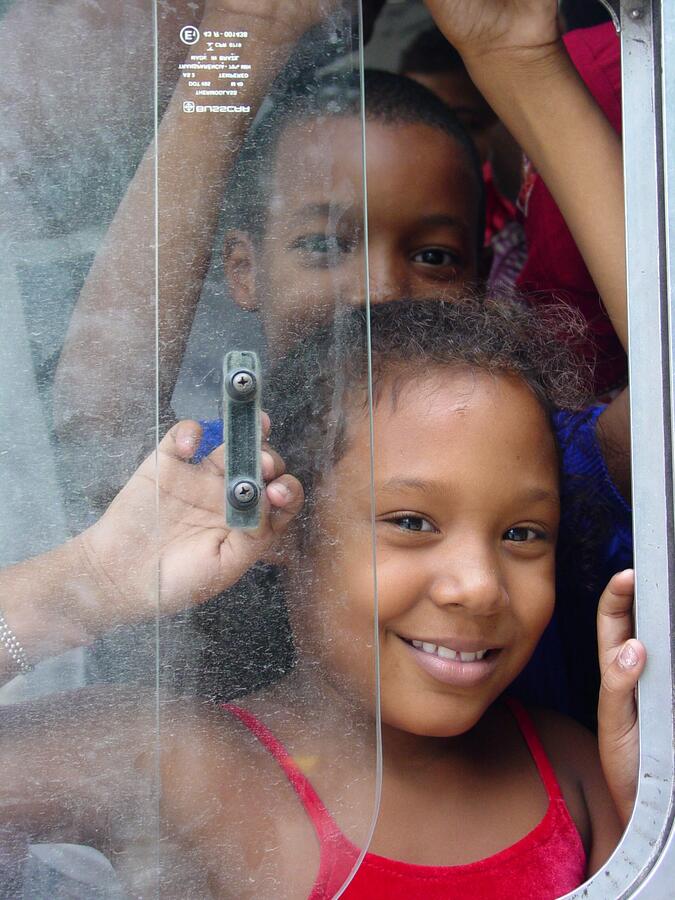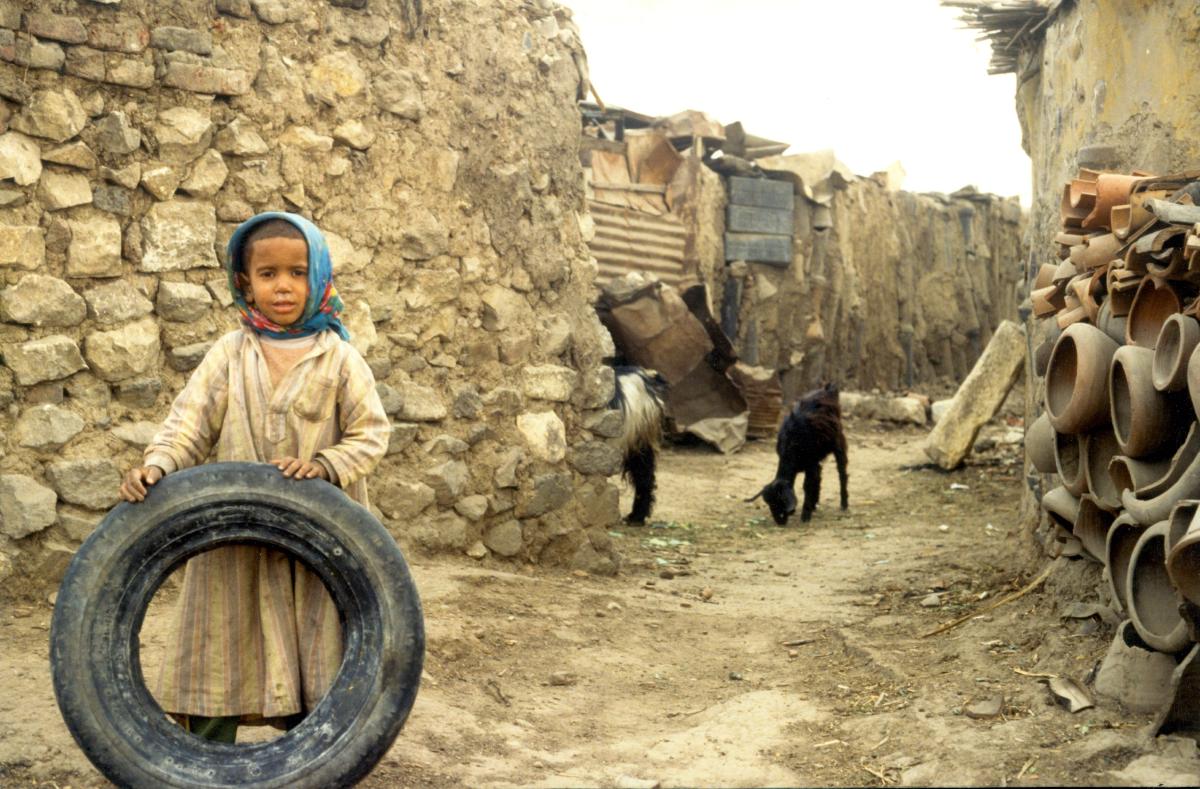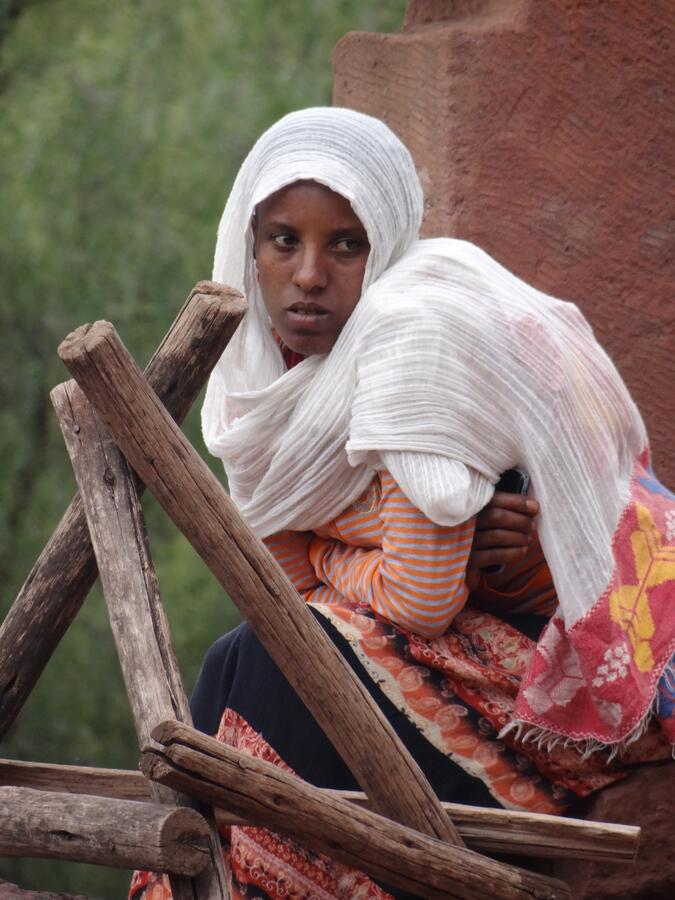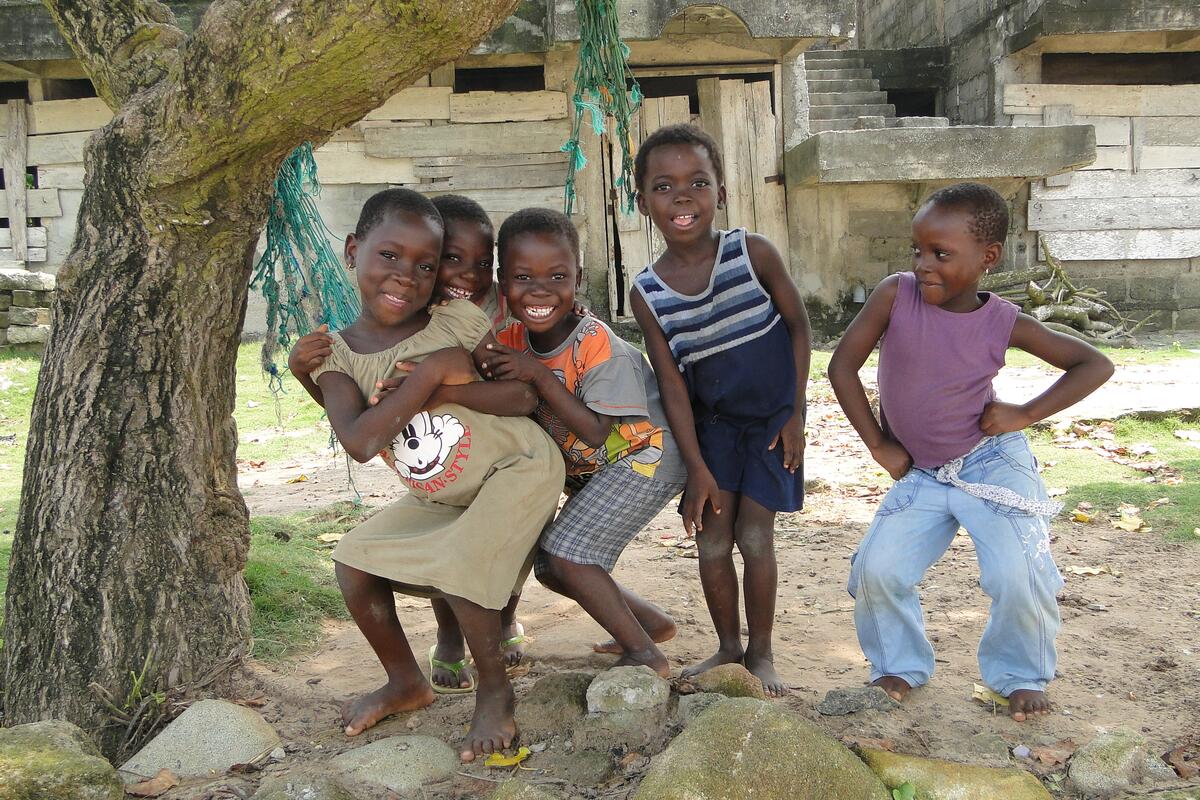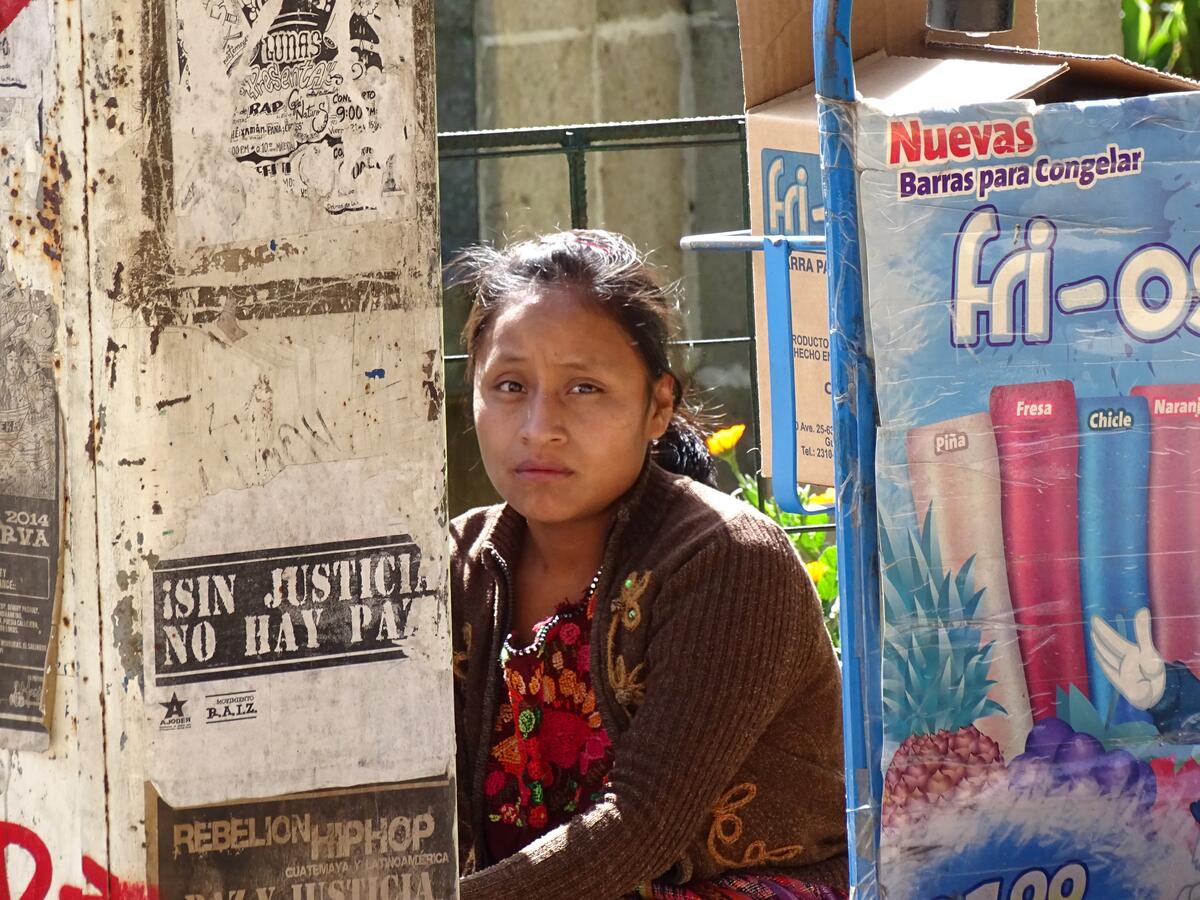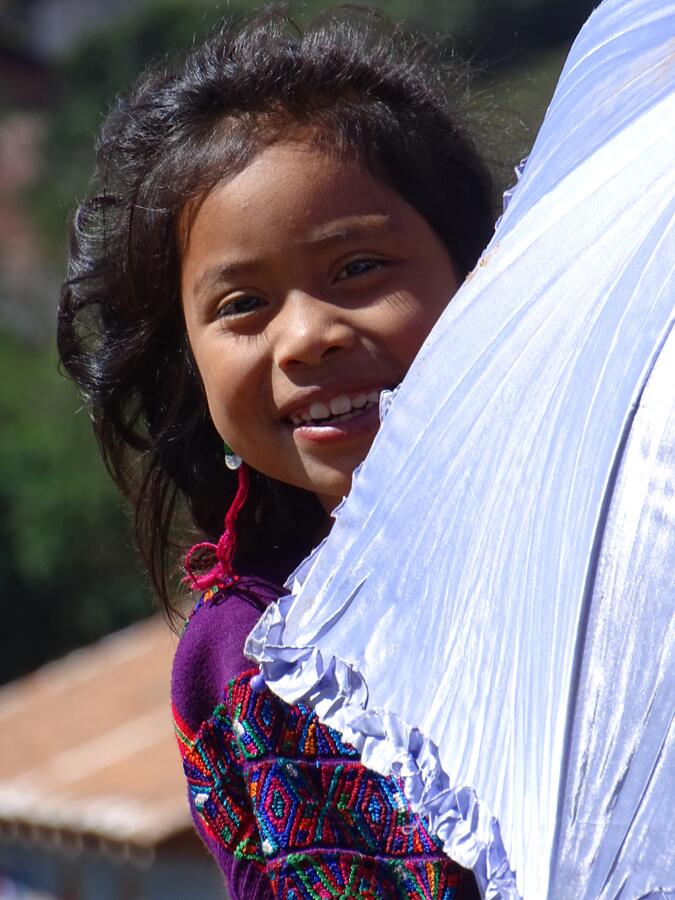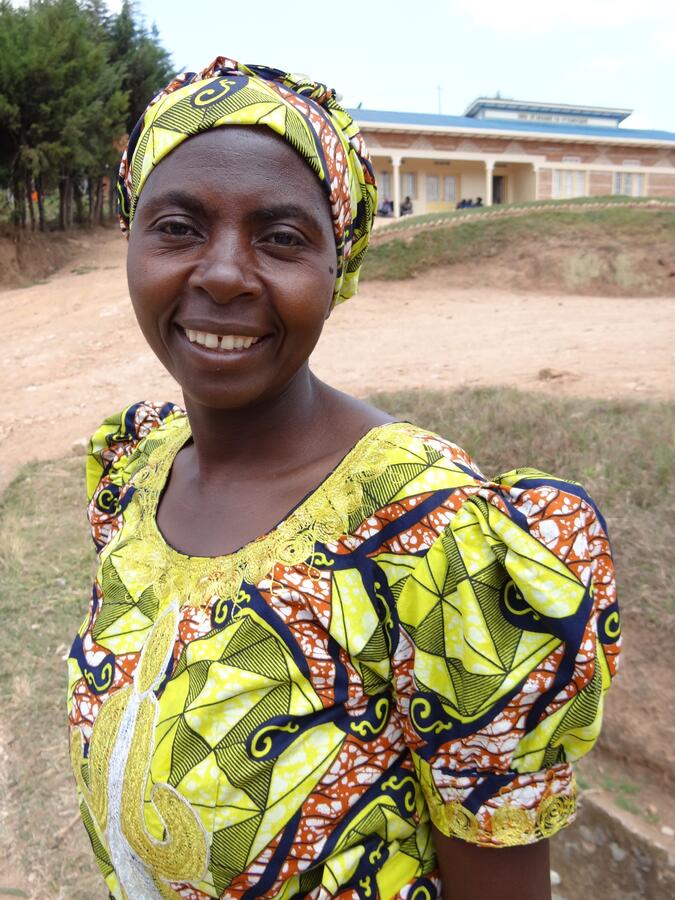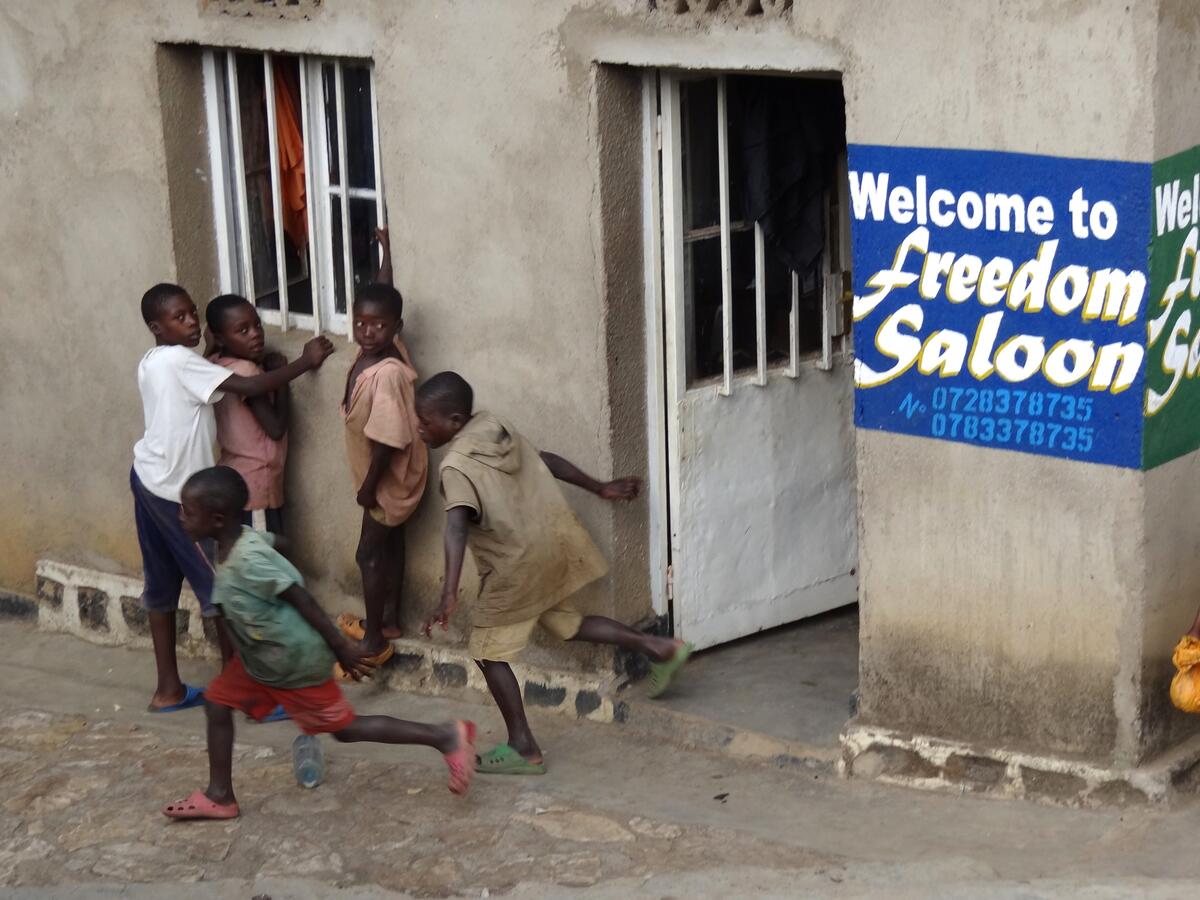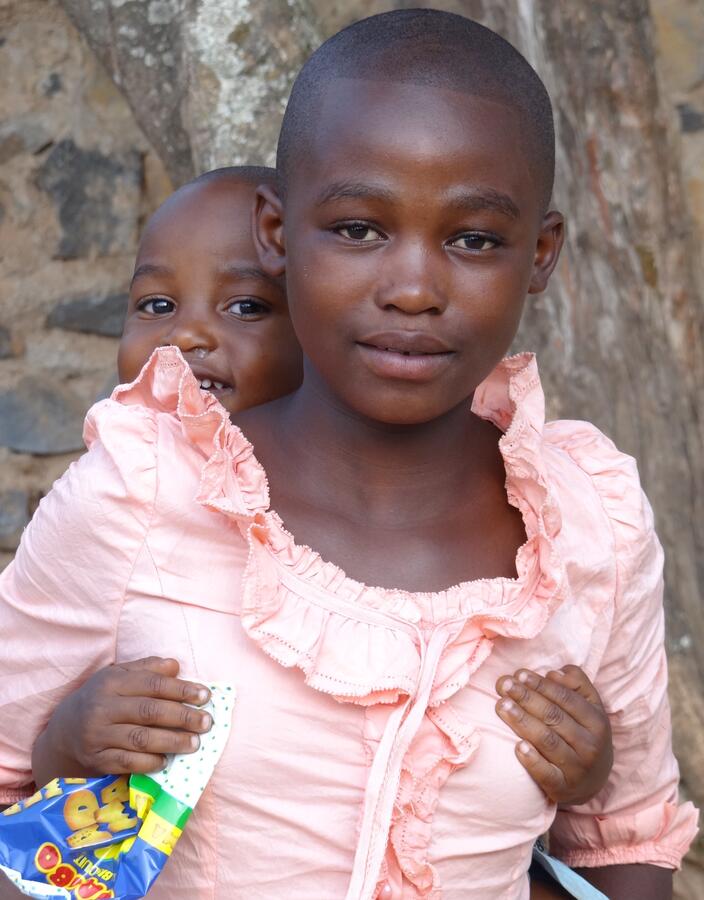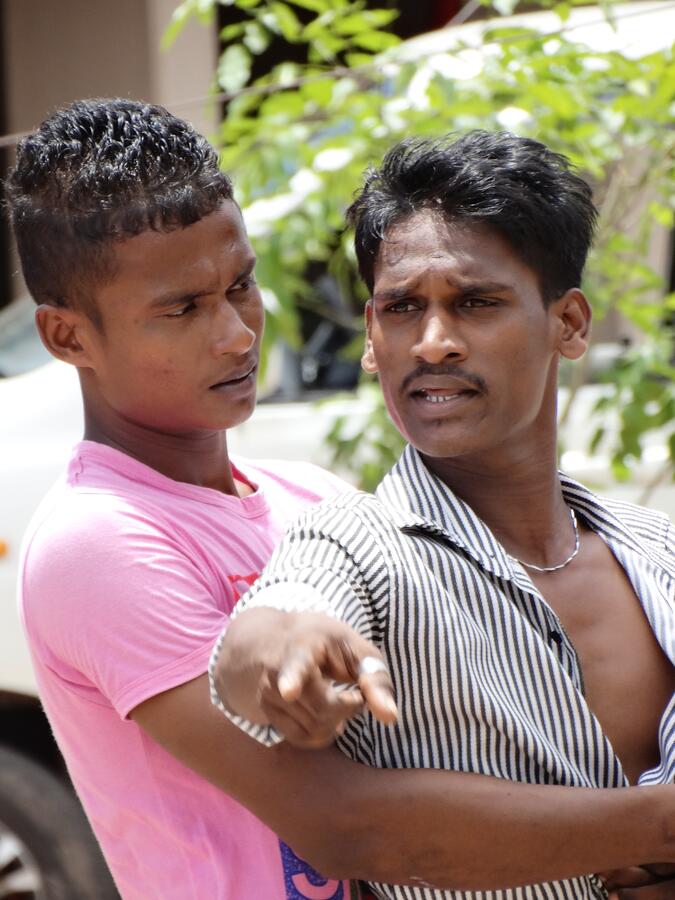Lens on Life
Adam Jones plans his work in five‑year cycles, re‑evaluating his strategy as he goes. Like most polymaths, he enjoys warming multiple projects on the back burner while he’s still cooking up the main course. A self‑described “happy globetrotter,” Jones has visited 103 countries so far, capturing thousands of local faces in his photography, while still finding time to write about music, media, politics, and of course, travel. “I am never as happy as when I have a bag slung over my shoulder,” he says, “and I’m leaving some shoe rubber somewhere on the other side of the world.”
His speech patterns reflect this joie de vivre; the words tumble out of his mouth in a waterfall of questions and answers, and he seems entirely capable of carrying on a dialogue with himself. Like his photography, his conversation style is upbeat, celebratory, and life‑affirming. It would be easy to believe he doesn’t have a serious bone in his body – not something you’d expect from one of the most prolific genocide scholars in the world.
A professor of political science at the UBC Okanagan campus since 2007, Jones teaches courses on African politics, human rights, mass media, gender and international relations, politics in film, and crimes against humanity. His photography and academic pursuits scan like two sides of the same coin, recording small moments of human dignity on film while studying its assault in the largest of contexts.
“I think that [photography] is very much connected with my interest in human rights,” he says. “I find people fascinating. I find diverse societies fascinating; I’d like to see their livelihoods and interests protected rather than destroyed. It’s a kind of safety valve on both an intellectual and emotional level.”
Born in Singapore to British parents, Jones followed his father’s postings with the Royal Air Force before his family eventually settled in Vernon, BC, where he first took up photography for a photo‑essay assignment in a junior‑high journalism course. “I still remember the photo shoot I did – the collection was called The Dark Side of Vernon,” he laughs. “It was like piled‑up broken bottles in alleyways, stuff that was challenging the image of Vernon as a sedate and pleasant place.”
Jones caught the travel bug early, continuing his education in Victoria, Shanghai and Singapore before settling at UBC for an undergraduate degree in history and international relations in 1986. After a stint at McGill for his master’s degree, he revisited UBC to complete his PhD in political science, studying political transitions and gender and ethnic conflict.
His interest in genocide came into focus in 1999, when a racial clash in Kosovo led to the deaths of thousands and displacement of millions, followed months later by 1400 civilian deaths in East Timor as the nation sought its independence from Indonesia.
Jones watched the Kosovo conflict unfold on television from Barcelona, where he was taking a break after completing his dissertation. But he couldn’t ignore the headlines, noticing in particular the selective targeting of unarmed adult men – a phenomenon that feminist Mary Anne Warren had recently termed “gendercide.” The targeted killing of innocents according to gender, gendercide would become one of Jones’ many academic specialties as his career slowly took shape.
Despite its relative infancy as a scholarly topic, the act of genocide goes back to the earliest literature: Thucydides wrote about the Siege of Melos in 416, where the men were exterminated and the women and children sold into slavery; Homer recorded Agamemnon’s call for the annihilation of the Trojans “down to the babies in their mothers’ wombs”; and, of course, genocidal themes run throughout nearly all of the major religious works that have come down through the ages.
The first hint that the wanton extermination of an entire race was an especially evil act may have come in a 1941 radio broadcast by Winston Churchill, describing Hitler’s march across the blood‑soaked Russian plains.
Although genocide is usually recognizable by the sheer numbers of victims, it is different than mass murder in kind rather than in scale. The targeted extermination of a population based on something that unites them – ethnicity, nationality, religious beliefs – genocide literally means “killing a race.” The term was coined near the end of WWII to describe the atrocities committed by Nazis against certain European groups, deeds that had been described to that point as “mass killings” or “crimes against humanity.” The first hint that the wanton extermination of an entire race was an especially evil act may have come in a 1941 radio broadcast by Winston Churchill, describing Hitler’s march across the blood‑soaked Russian plains:
“As his armies advance, whole districts are being exterminated. Literally scores of thousands of executions in cold blood are being perpetrated by the German police troops upon the Russian patriots who defend their native soil. Since the Mongol invasions of Europe in the sixteenth century, there has never been methodical, merciless butchery on such a scale... We are in the presence of a crime without a name.”
The unthinkable act was finally termed in the 1943 book Axis Rule in Occupied Europe by Raphael Lemkin, a Polish Jew who barely escaped to Sweden ahead of Hitler’s forces. Lemkin, who would lose 49 relatives to Hitler’s camps, campaigned tirelessly for genocide to be recognized as a particularly horrendous crime. In 1951, his efforts paid off with General Assembly Resolution 260, a United Nations convention that established genocide in legal terms, seeking to prevent its occurrence and hold accountable its perpetrators.
“But you didn’t really get the birth of any kind of notable academic exploration until the 1980s,” says Jones. “The exception of course is the Holocaust, and that was already being studied as the Holocaust rather than in a comparative genocide context. It was really the 1915 Armenian genocide that became the second case added, and then we got the genocides in former Yugoslavia and then 1994 in Rwanda. And that, I think, really catalyzed the field.”
With the recent advent of the 24‑hour news cycle, the Rwanda genocide – in which 70 per cent of the ethnic Tutsi population was wiped out in 100 days by the Hutu majority – caught the attention of the West with a brutal detail to which most viewers were unaccustomed. The massacre of 800,000 unarmed civilians, many killed with machetes, brought the concept of genocide to the living room, and soon after to the classroom.
But it wasn’t just watching history unfold, it was also a re‑examination of history long considered settled. Just two years earlier was the Columbus quincentenary – the 500th anniversary of his 1492 arrival in the Americas. “Connected with that event was a small but really significant flood of very potent writings about genocides of indigenous peoples,” Jones points out. “I think genocide studies was one of the first fields to systematically explore that as targeted, systematic violence, to resuscitate a lot of cases that had fallen out of the historical records.”
The growth of this area of study coincided with the growth of Jones’ career, and he became a leading scholar in the field, writing or editing more than a dozen books on genocide and gendercide. After five years teaching at CIDE in Mexico City and a graduate fellowship at Yale, Jones returned to UBC and joined the Political Science department at the Okanagan campus.
The rapid ascent of the digital camera and the explosion of the internet as a system of distribution empowered Jones to share small glimpses of human dignity even as he studied its extinction.
Just as the rise of his academic field matched the timing of his career, the growth of technology transformed his photography. The rapid ascent of the digital camera and the explosion of the internet as a system of distribution empowered Jones to share small glimpses of human dignity even as he studied its extinction.
“I took photographs here and there the way the casual traveler does, really until the early 2000s,” he recalls. “But once it became basically free, I found that incredibly liberating in the same way I found the internet liberating for my scholarship: the ability to get my work out there and distributed. I don’t think there’s a whole lot of motivational connection, but the two forms of productivity have definitely interwoven over the last couple of decades.”
Jones’ professional‑quality camerawork and his penchant for generosity have bolstered his profile over the past decade. He shares his photos through a Creative Commons license, so they can be freely used by thousands of individuals and institutions, including many in the scholarly community. His Flickr profile contains more than 18,000 images from 61 countries, and has upwards of eight million views.
His pictures have also found a home in his classroom, where he keeps his global photo archive open in a browser window so he can illustrate points during lessons, connecting the students directly to the communities they are studying. “I find that a really nice pedagogical strategy,” he says, “because we’re in an ever more visual age, and a professor using power‑point slides with reams of text on them is one thing, but having a sequence of vivid images to convey, and ones that you’re intimately familiar with the circumstances of – it’s really a huge boost on the teaching front.”
And yet his photos aren’t what one might expect in a class studying crimes against humanity. Despite select images of memorials, mass graves, and unimaginable human grief, most of his subjects are presented outside the context of war, going about their daily business of work and play – a reminder that we are not born into conflict, but all have an intrinsic majesty regardless of our home and station.
Jones tries to capture his subjects before they spot him so they don’t stiffen up or become self‑conscious. If a subject sees the photographer, he says, “you lose all of that ease and naturalness in the posture. And so much of the inherent dignity of human beings, even at the very bottom‑most rungs of society, is in that ordinary composure of face and presentation of form.”
“It has me always visually prowling around,” he continues, “being more observant in my wanderings outside the country than I would otherwise be because I’m always looking for input and stimuli that could make an interesting photo. It keeps me more attuned to what’s going on, more invested in it.”
A number of his photos appear in his most recent book, the 900‑page tome Genocide: A Comprehensive Introduction, which Jones considers his magnum opus. The text is the third edition of a graduate instruction book he originally wrote in 2006, and probably his last major work on the subject. “I’m not sure how much more I have to say about genocide as a big‑picture topic,” he says. “I’ve been writing about it for about 25 years now. I’m very happy with the work that I’ve done, and I know I’ve got more work to do on it, but I’m not particularly wedded to the subject for the remainder of my career.”
Undoubtedly this search for new directions is partly due to his inclination for eclectic experiences. “Sometimes I think there are topics that choose me more than I choose them,” he chuckles. “I just get picked up by them and whirled around for a few days or a few years. I’m not sure how much choice I have in the matter sometimes.”
But there is also the recognition that the field of genocide studies has suffered some recent setbacks. Since publishing the second edition of his book in 2010, he’s noticed a disturbing rise in xenophobia and nationalism in countries that had seemed to be on an upward trajectory of progressive cosmopolitanism. “Broadly speaking, the legal remedies and legal institutions that were being put in place to handle genocide and crimes against humanity were effective and popular,” he says. “I thought that there was increasing consciousness on the part of leaders and the masses.”
But recent political developments around the globe – the rise of religious jingoism in Southeast Asia, the endless civil war in Syria, the broken state in Libya, synagogue and mosque desecrations in the shadow of America’s new white nationalism – have dotted the international landscape with a fresh roster of truly terrifying political figures.
“Today the international environment seems rather different and chillier,” he laments. “You’ve got a lot more talk about putting up walls and keeping people out. I see disturbing evidence of things that I really cherished moving forward now being rolled back. Even at the level of nuclear annihilation it’s a scary time, and I thought we put that one at least on the high shelf for a while.”
Whatever effect the new political climate has on his academic work, nothing will keep Jones from travelling. This summer he is returning to the road for a voyage through the deep south of the United States, followed by trips to Qatar, Thailand, Bangladesh, Singapore, Malaysia, Australia, Finland, Estonia, Poland, Slovakia, Ukraine, and Moldova. His four‑month expedition will be “sort of a combination of an intellectual survey, a travel account, and a photo essay,” he muses. “Maybe something else that I’m still playing with.”
Header photo courtesy of Adam Jones. Explore all of Adam Jones’ travel photography at flickr.com/photos/adam_jones.
The Story Behind the Picture: Images selected and captioned by UBC’s Adam Jones
